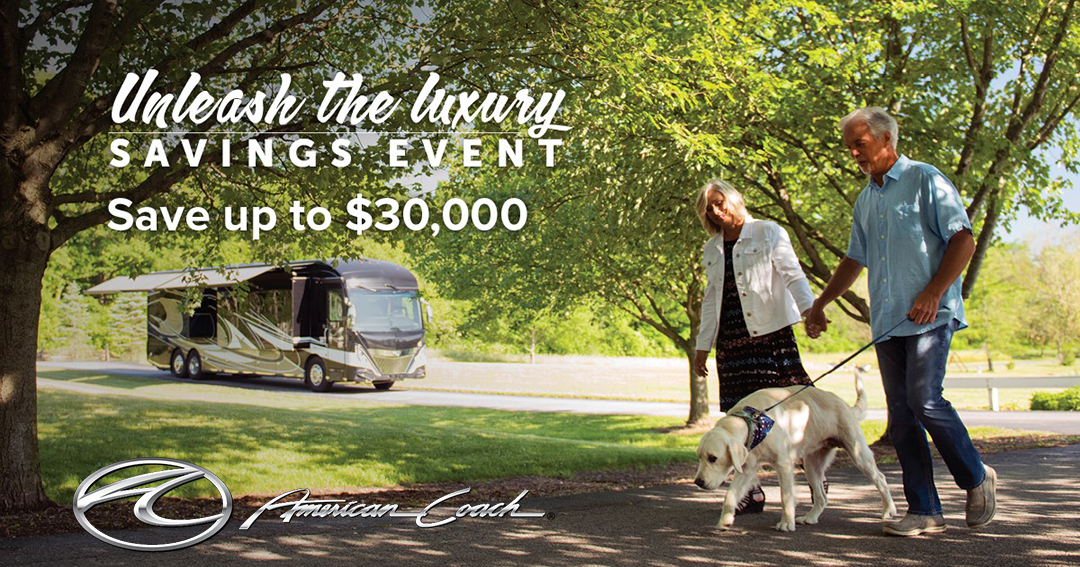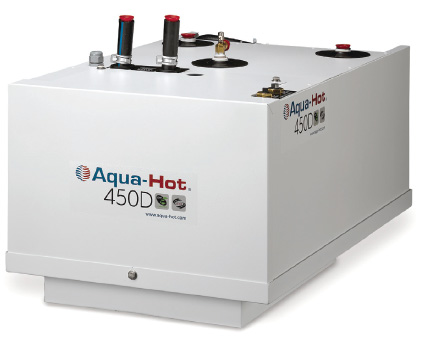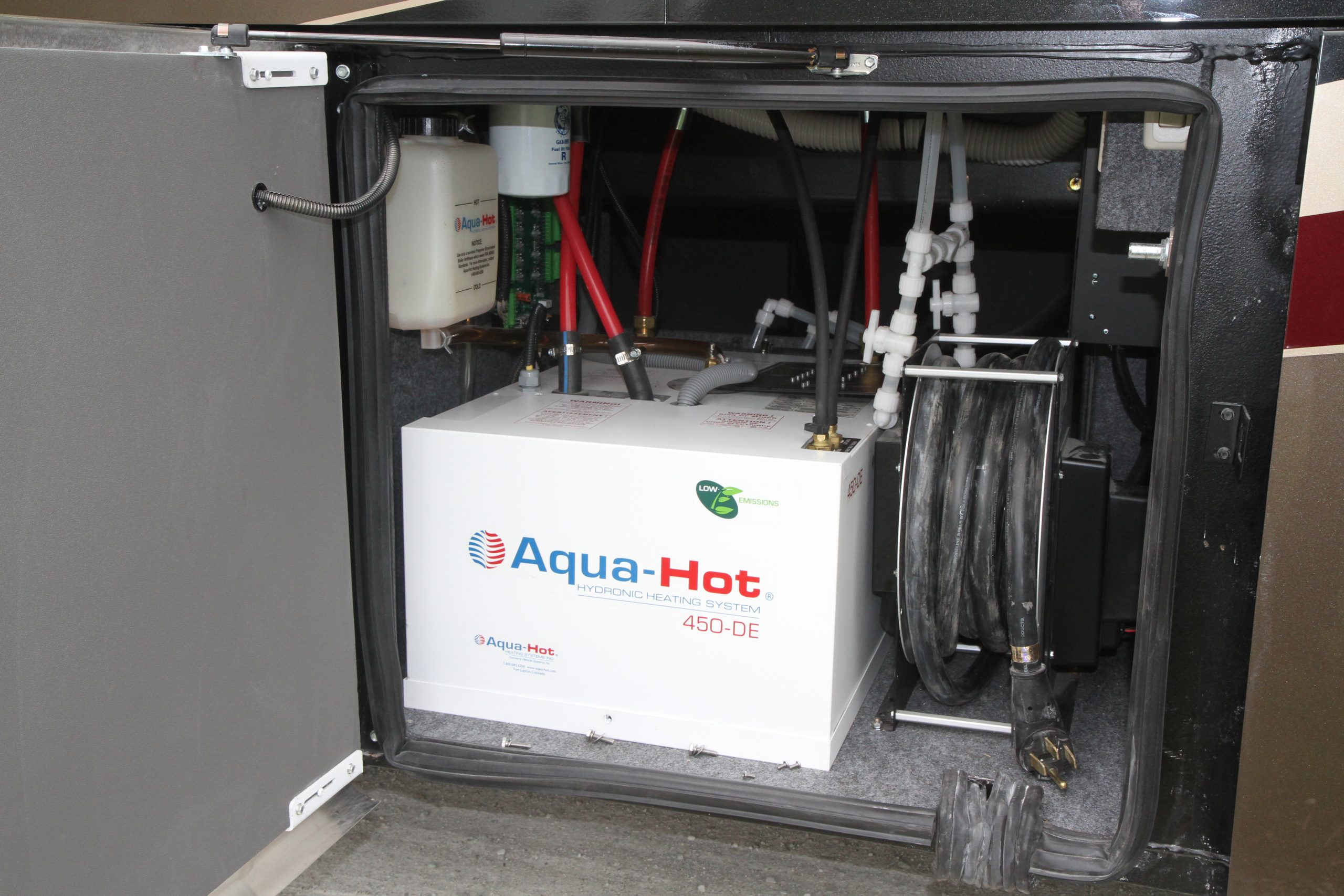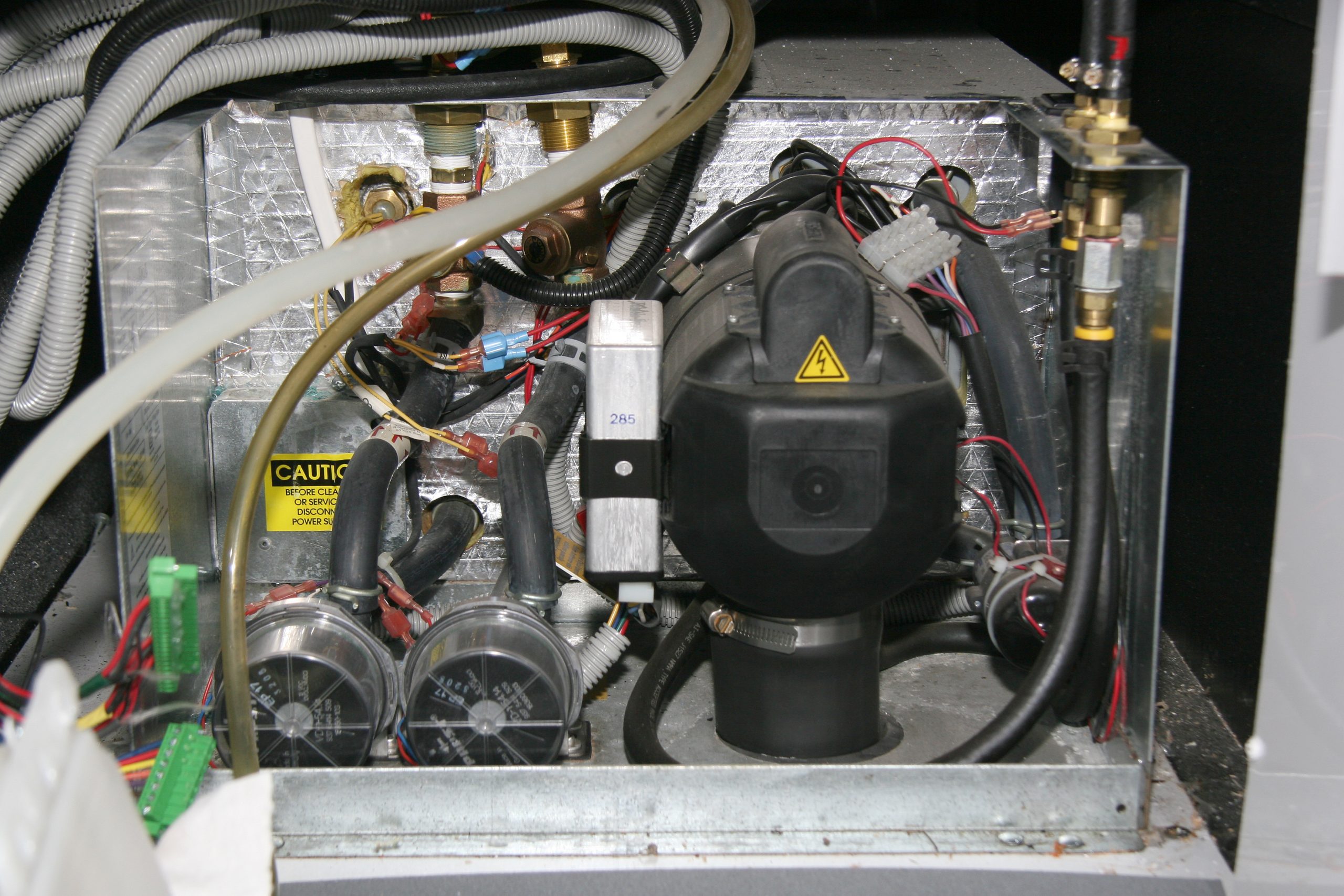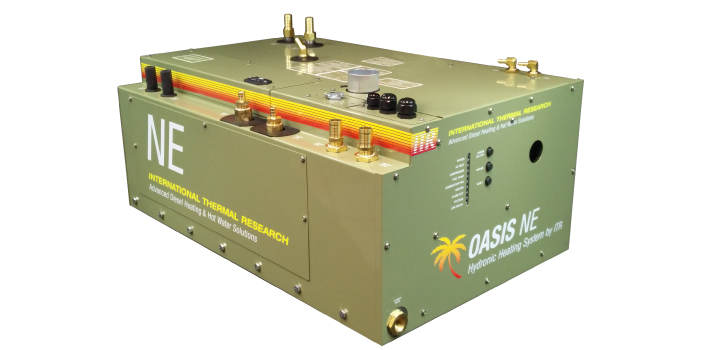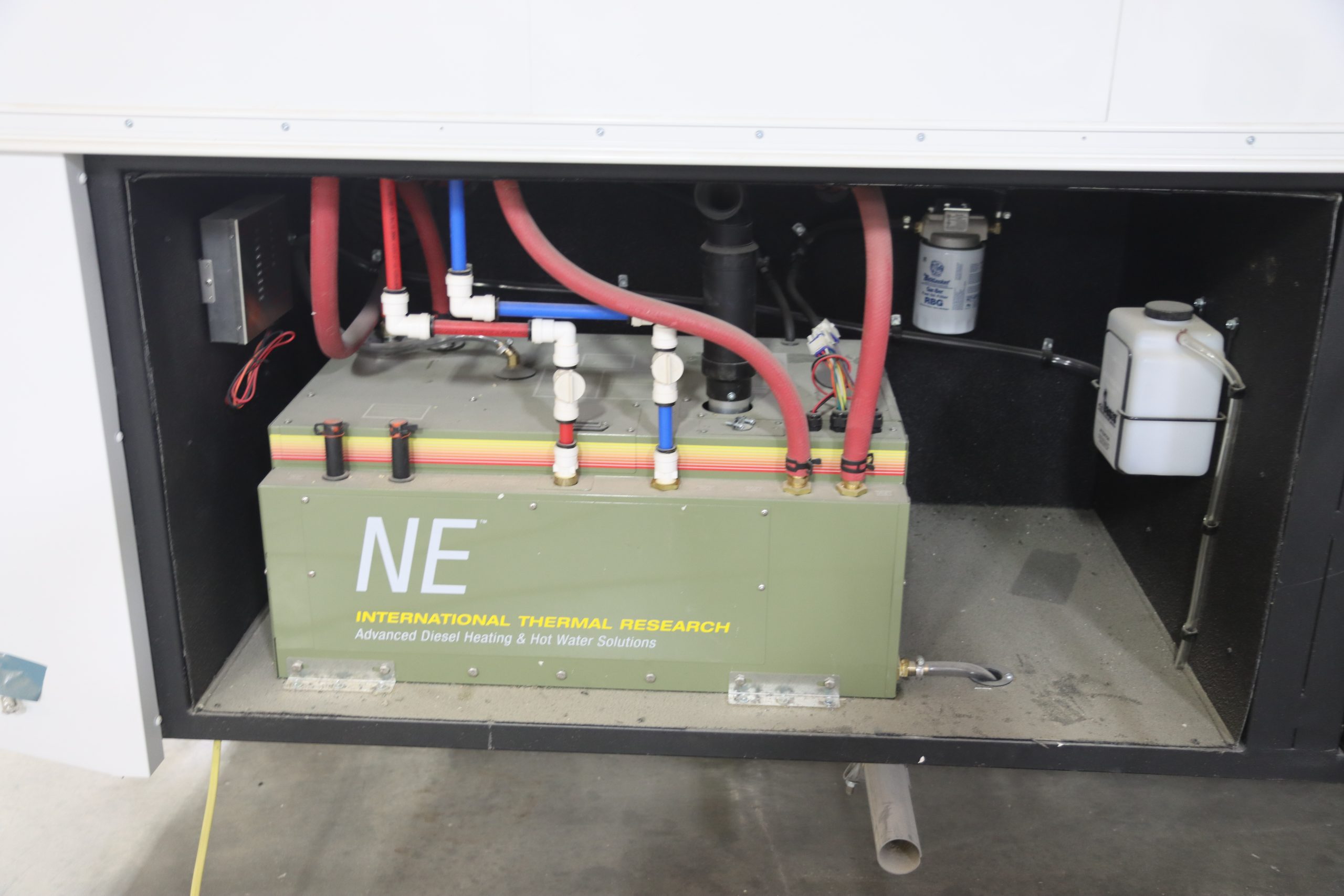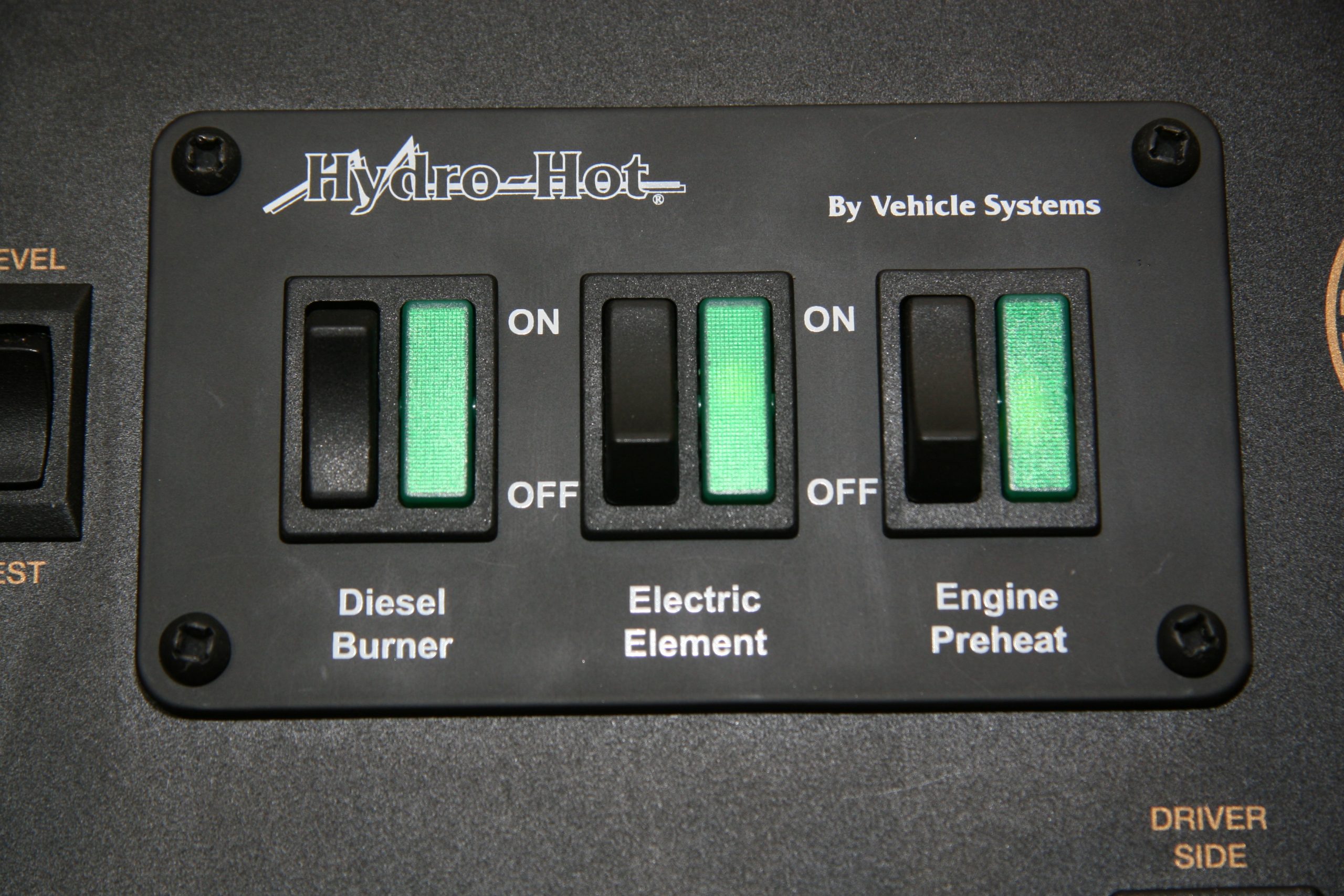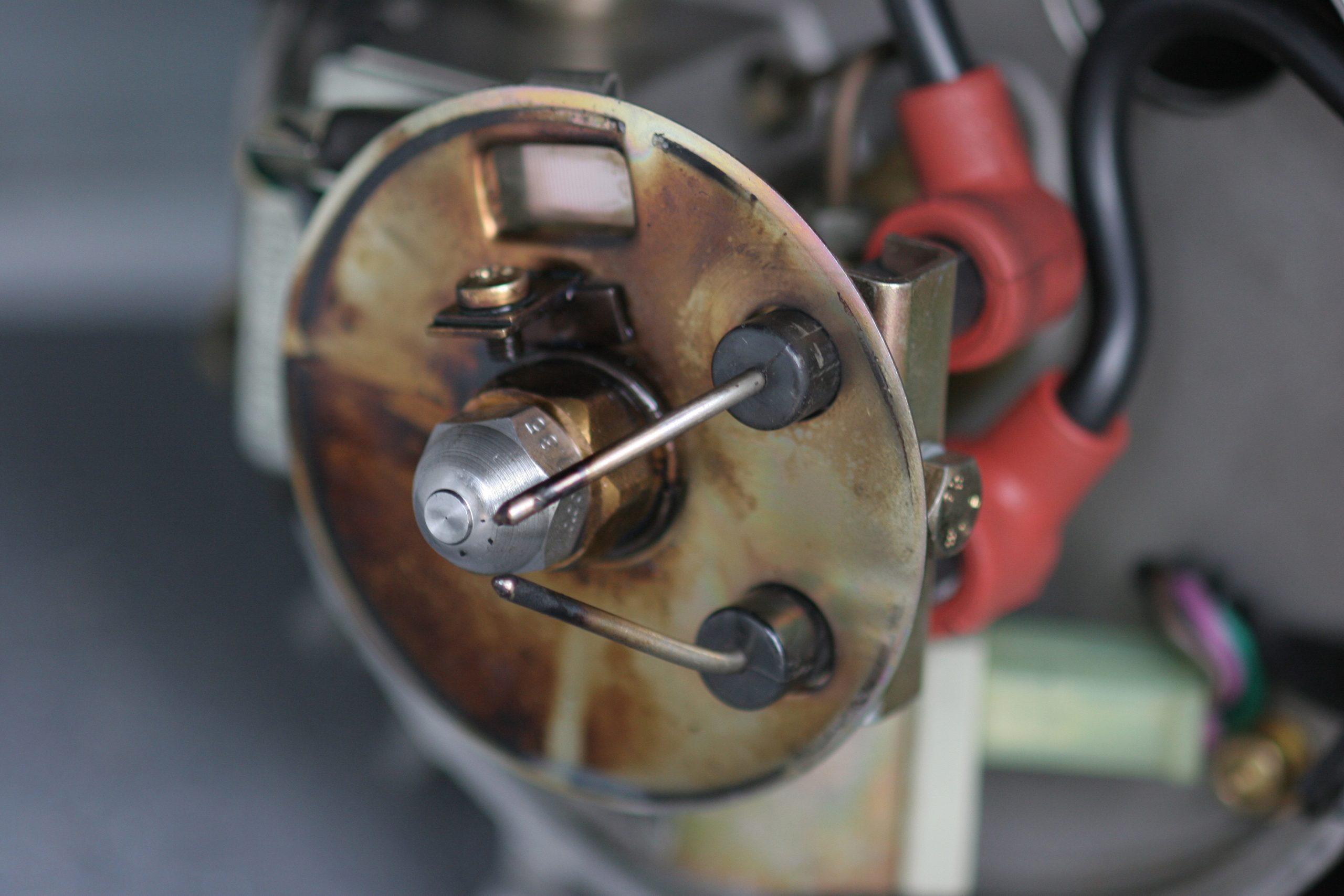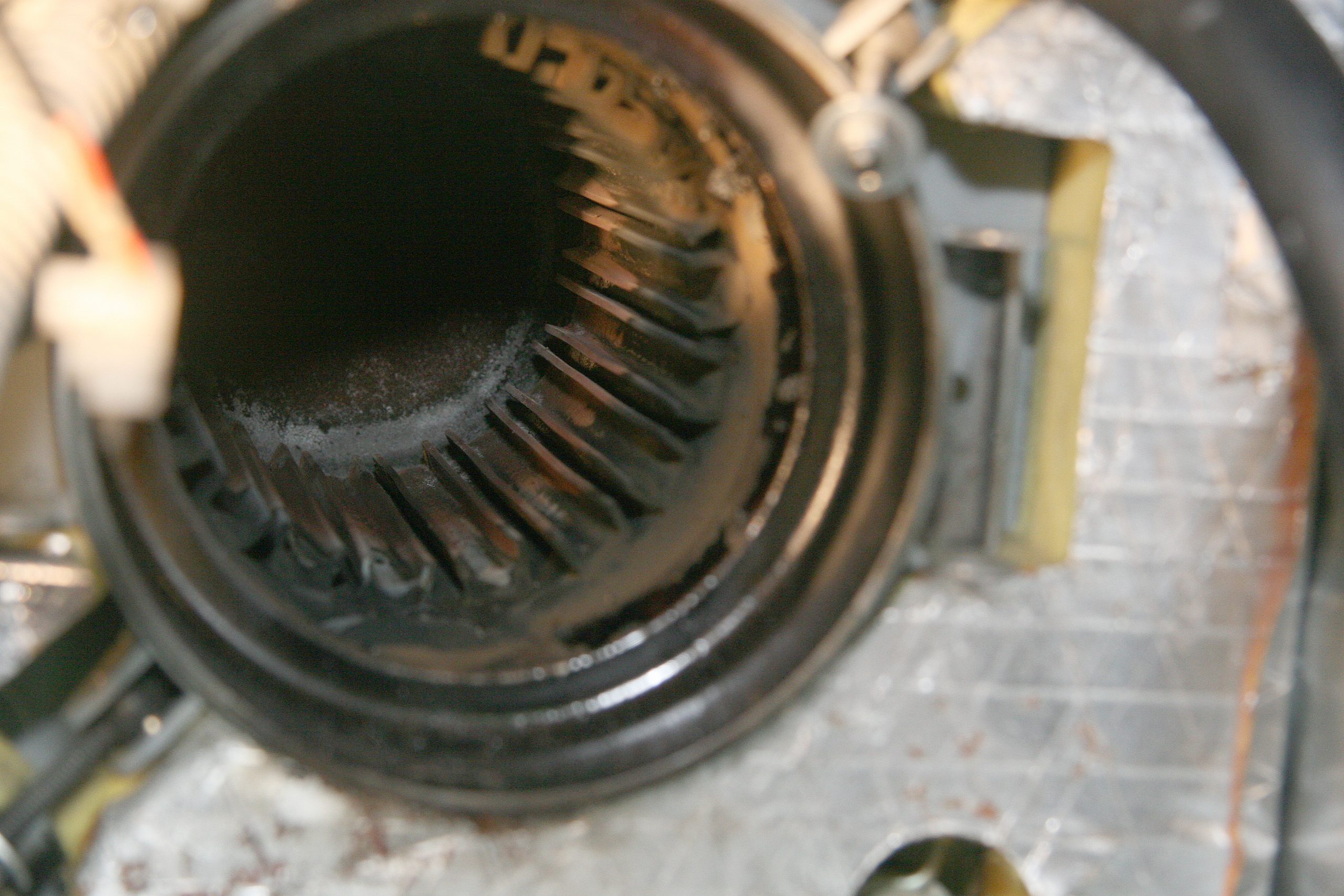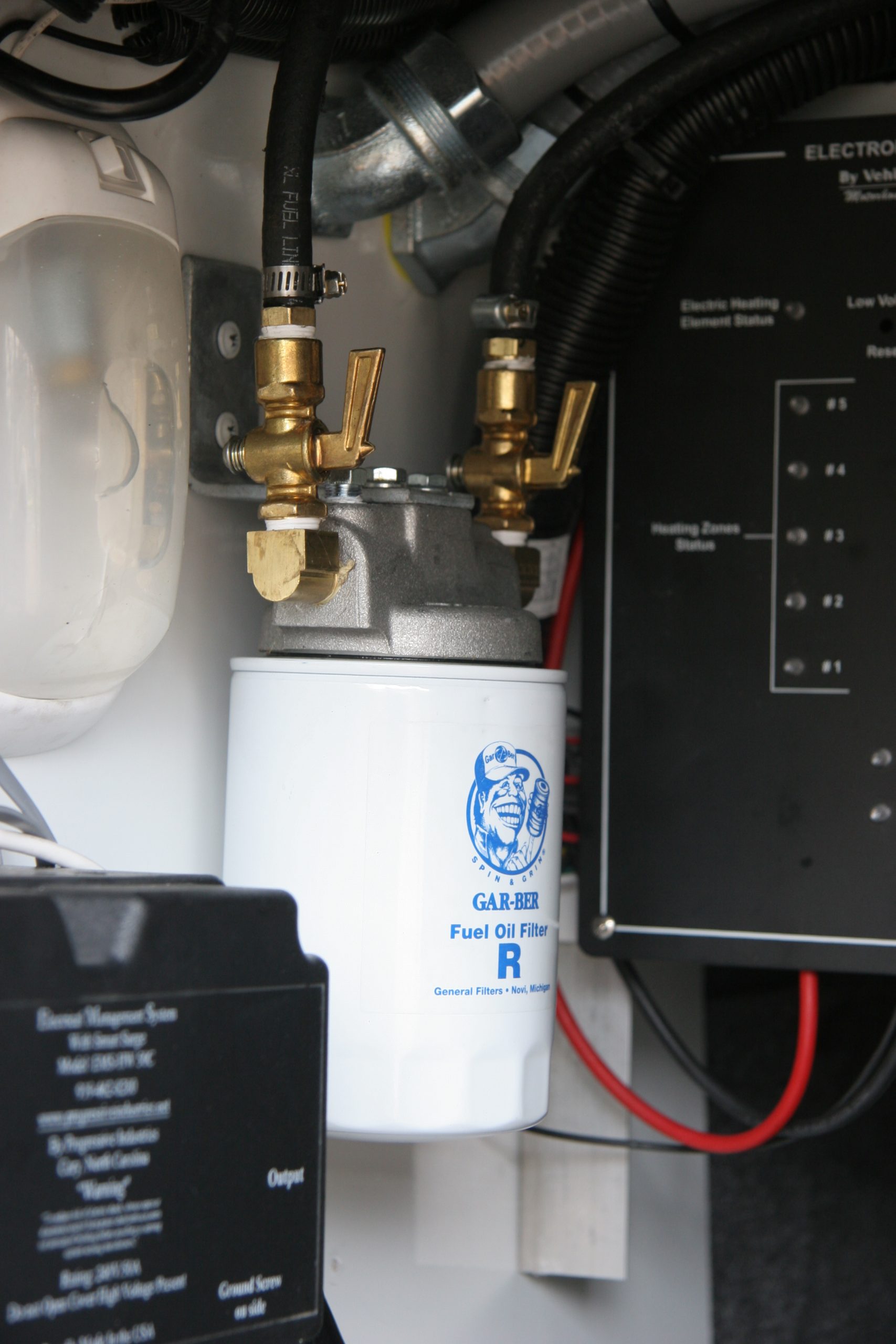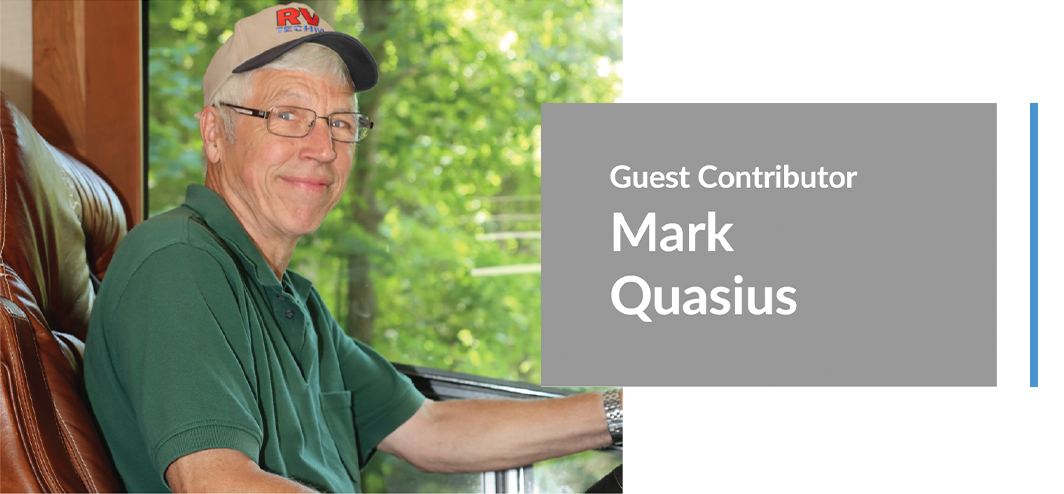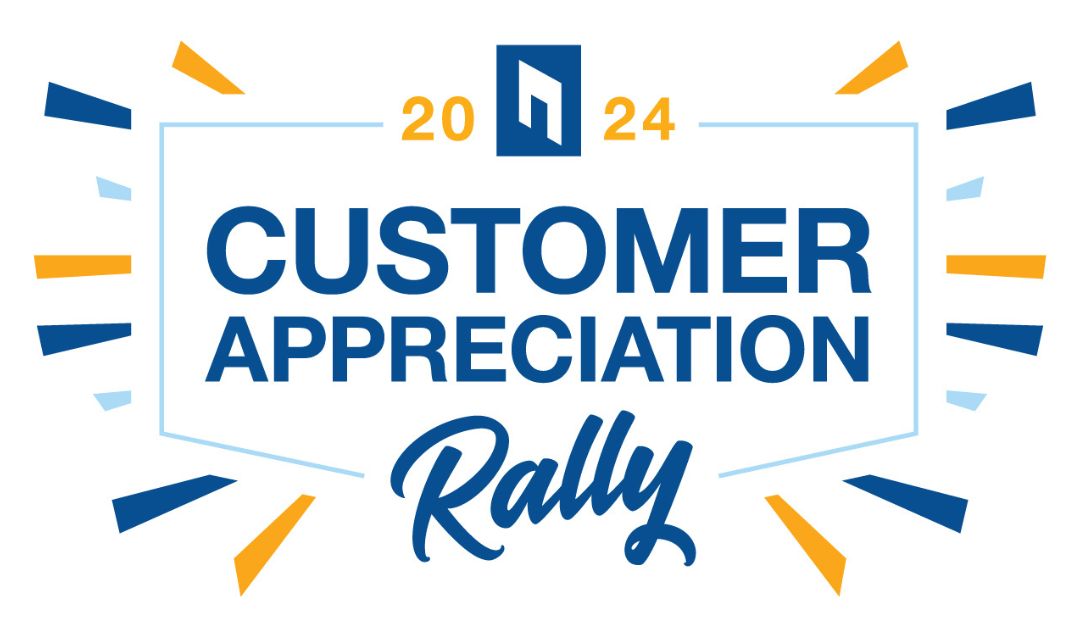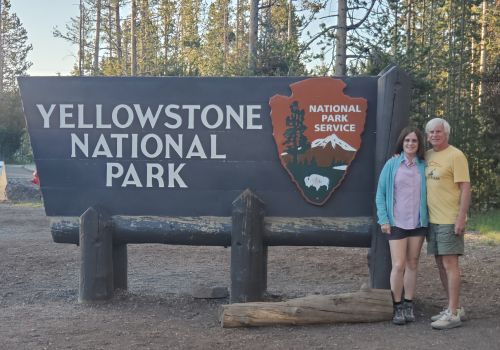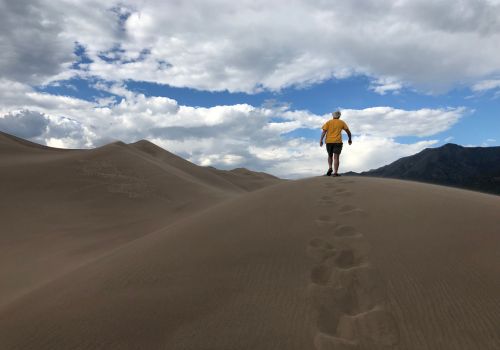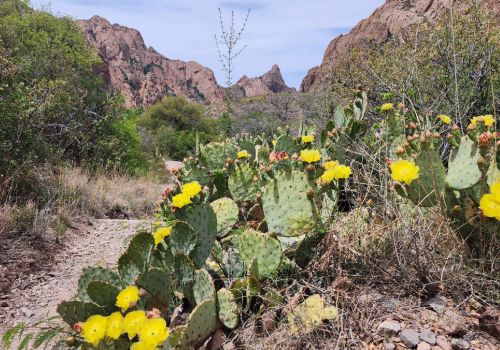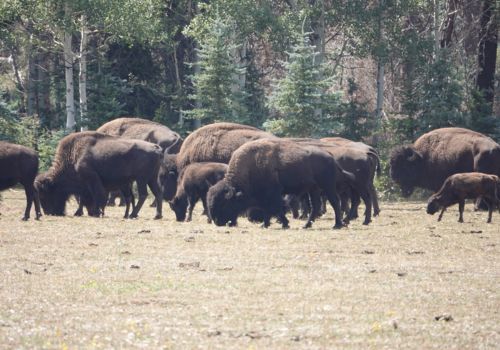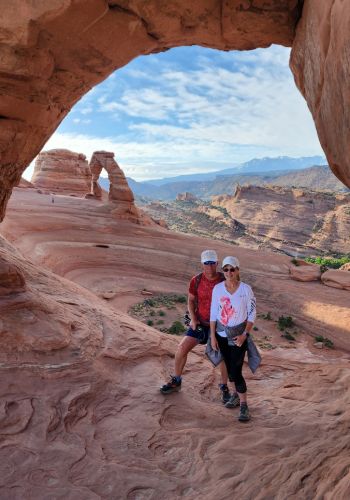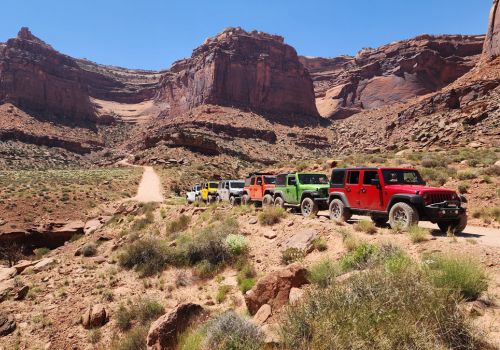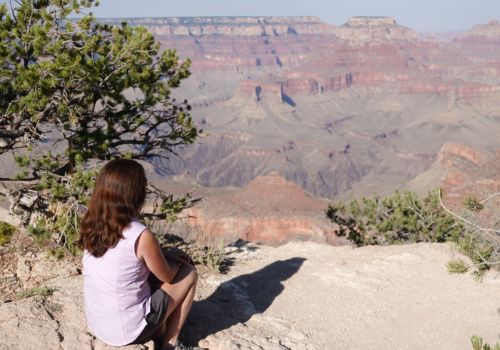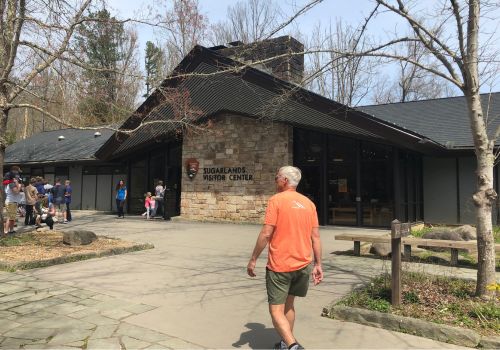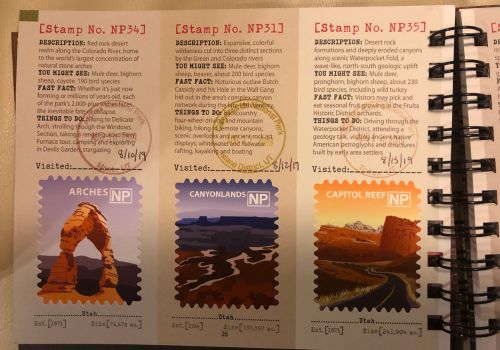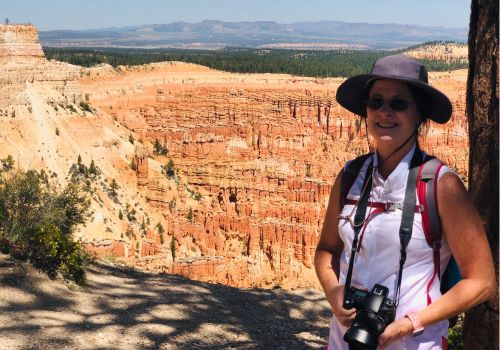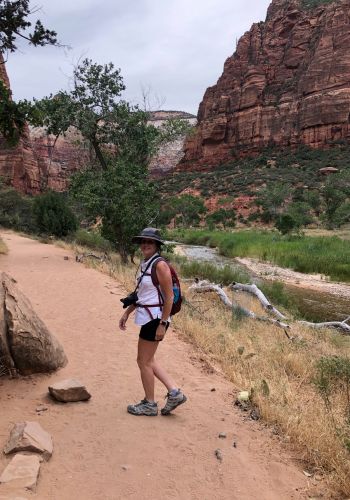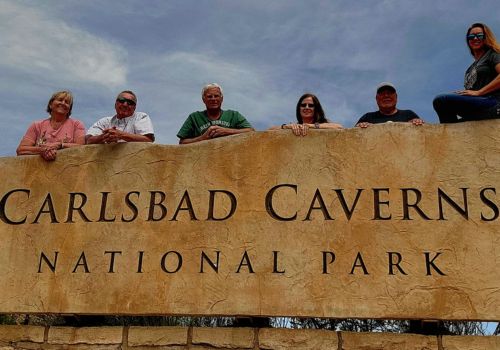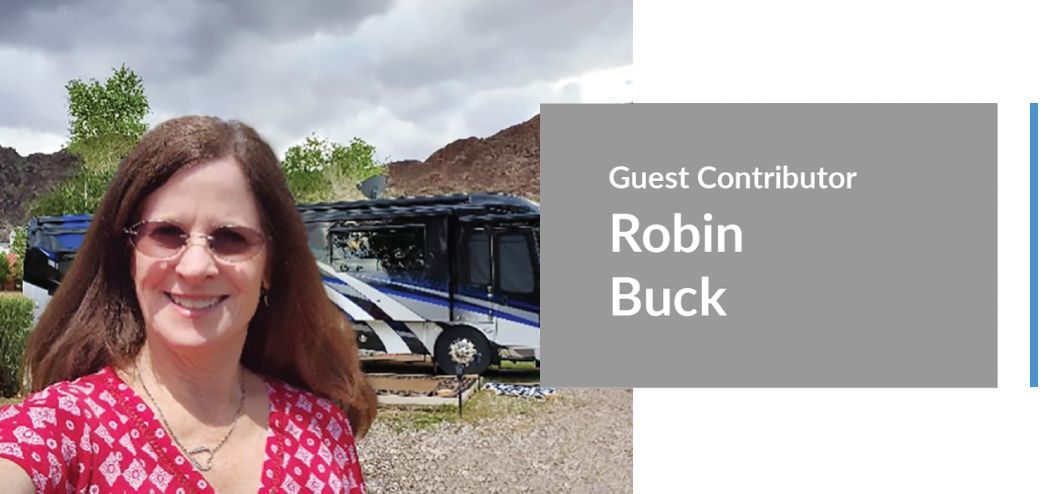Plan Your Visit
With so many options, one of the hardest things to do is deciding where you want to go first. A great way to start is by checking out NPS.gov. The National Park System website is easy to use and allows you to learn more about the parks, including visitor center operating hours, road and trail conditions, weather, safety tips, camping information and available activities. It is important to check for any active alerts or closures that might be in effect as well as restricted access areas.
Over the past few years, several parks have implemented a timed ticket entry system to manage visitation levels. This $2 ticket is in addition to park entry fees and must be purchased ahead of time at Recreation.gov (Hint: if you can’t get a ticket, you can still enter the park at off times before or after the ticket windows). The parks currently affected are Arches National Park, Glacier National Park, Haleakala National Park and Rocky Mountain National Park, but some other parks are increasingly requiring reservations and permits to access some of their most popular areas, such as watching the sunrise on Cadillac Mountain in Acadia National Park.
Save Money with a Park Pass
If you’re going to visit several parks in a single road trip, you can save money by purchasing a National Parks Pass. Available at the park entrance or online, a pass costs $80 for annual access to all national parks and federal recreation lands for one vehicle or up to 4 people. Given that entrance fees for some parks are $35 each, visiting 3 parks makes the cost worthwhile. There are also free lifetime passes available for seniors, veterans and those with permanent disabilities, as well as free annual passes for active duty military members and all 4th graders. View all the available passes here.
When You Arrive
Planning your trip ahead of time will allow you to make the most of your time in the park. When you arrive, I highly suggest starting at the visitor center. Here, you can watch a short film to learn the history and geography of the park. Make sure you talk to a park ranger, too. They are the experts who can answer questions, offer suggestions for activities, provide trail maps and let you know about special events like guided hikes or ranger talks.







